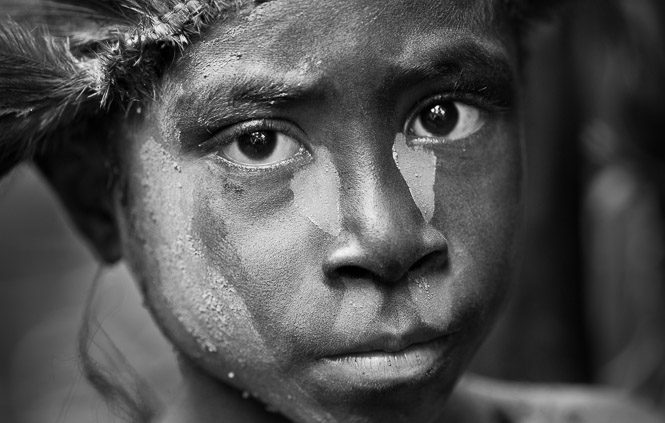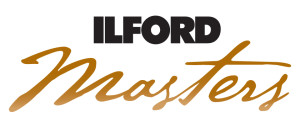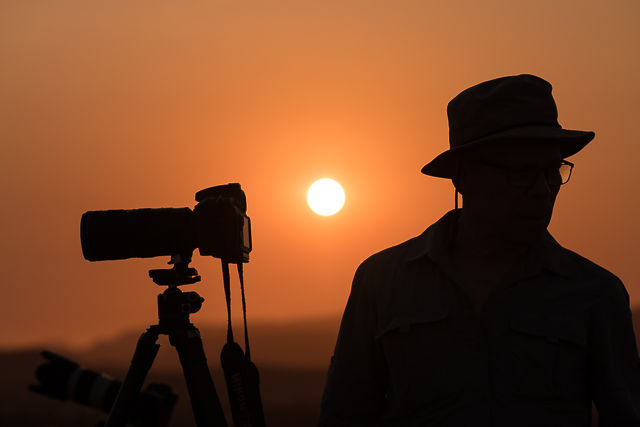Six Things you might not know about Photography
(The following article was first published in Australian Photography magazine earlier this year).
Shutter speeds, apertures, focal lengths, camera brands, post processing tricks – these are all essential things to know about and understand, but, beyond the obvious, there are also plenty of aspects of modern photography that are not so well understood – call them photography myths if you like.








